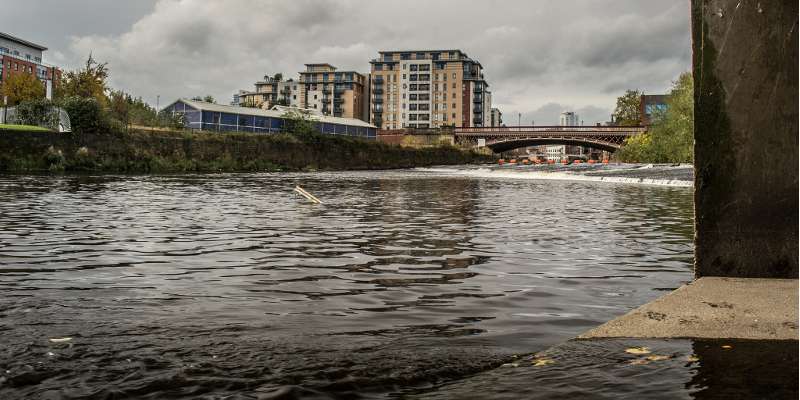Cocktail of drugs is polluting our rivers

A study suggests that pharmaceuticals are polluting our rivers more than pesticides.
In a research paper on pharmaceutical pollution in the rivers Aire and Calder in West Yorkshire, published in the journal Environmental Pollution, the University of Leeds scientists highlight the lack of legislation to regulate the presence of drugs in rivers.
Dr Paul Kay from the University's research centre water@leeds said: "It's worrying how little legislation exists for pharmaceuticals in our rivers. Pharmaceuticals are an important environmental pollutant and they should be added to and regulated under existing policies."
Although the likelihood of human health impacts due to pharmaceuticals in the environment is low, their presence is a major ecological concern due to the potential for effects on aquatic organism behaviour, growth, reproduction and mortality at trace concentrations.
Previous studies of UK pharmaceutical pollution had focused on south-east England and parts of south Wales, with very few studies in central, western and northern England or Scotland.
In the new study, the researchers sampled water from the rivers Aire and Calder over an 18-month period, looking for five specific drugs: ibuprofen, erythromycin, diclofenac, mefanamic acid and propanolol.
Dr Lee Brown, also from water@leeds and a co-author of the paper, said: "Pharmaceutical pollution of rivers is not yet regulated, and in 46% of the samples we found the concentration of the anti-inflammatory drug diclofenac was more than double the limit proposed by the European Commission. The scale of the problem is clear when we compare with pesticides in the UK, which exceed the threshold for only 6% of samples monitored."
Moreover, discharges from sewer overflows were investigated and releases of drugs in the untreated sewage were found to be significant contributors to river pharmaceutical pollution.
The study also found a range of pharmaceuticals were routinely present over the 5 km length of river studied downstream of a waste water treatment plant – the likely entry-point for most pharmaceuticals into rivers.
This finding highlights a severe limitation of existing monitoring studies. In a recent critical review paper by the authors, for example, only 16% of monitoring studies included samples that had been collected more than 1 km downstream of a waste water treatment plant.
Dr Kay said: "We expected the concentrations of pharmaceuticals to decrease as we sampled further down the river, so to find that they didn't was surprising. Environmental risk assessments usually assume that rivers have the capacity to dilute or break-down these pollutants shortly after they enter rivers but in our study this wasn't the case."
More information: Paul Kay et al. Widespread, routine occurrence of pharmaceuticals in sewage effluent, combined sewer overflows and receiving waters, Environmental Pollution (2016). DOI: 10.1016/j.envpol.2016.10.087
Stephen R. Hughes et al. Global Synthesis and Critical Evaluation of Pharmaceutical Data Sets Collected from River Systems, Environmental Science & Technology (2013). DOI: 10.1021/es3030148
Journal information: Environmental Science & Technology
Provided by University of Leeds




















